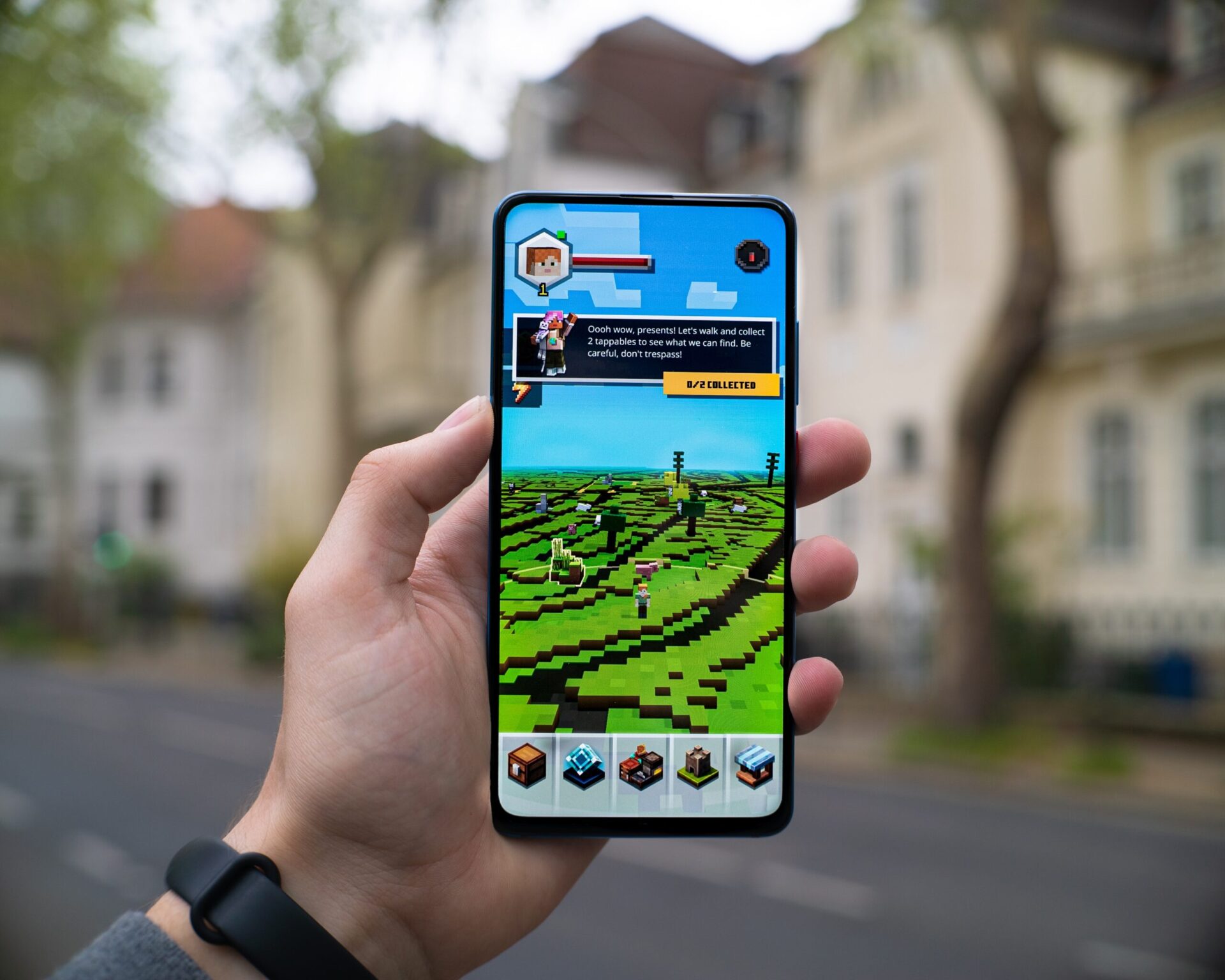Introduction
In the world of smartphones, advancements are being made at an unprecedented rate, making it an exciting time for both casual and dedicated gamers. Top-tier gaming phones are becoming increasingly popular, and with the introduction of dedicated cooling systems, overheating issues in gaming phones are becoming a thing of the past.
Why Gaming Smartphones Matter
Avid gamers are always in search of the best gaming smartphones to enhance their mobile gaming experiences. As more complex and visually stunning games become available on mobile platforms, the need for high-performance gaming smartphones is more significant than ever. Smartphones need to be equipped with powerful processors, ample memory, and high-refresh-rate screens to ensure smooth gameplay.
Overheating Issues in Gaming Phones
One of the main challenges mobile gamers face is the overheating of devices during extended gaming sessions. Overheating can lead to decreased performance, shorter battery life, and potential damage to the smartphone’s internals. Consequently, thermal management in smartphones has become an essential aspect of gaming phone design and development.
The Solution: Dedicated Cooling Systems for Phones
In response to this growing concern, smartphone manufacturers have introduced advanced cooling technologies in gaming phones, known as dedicated cooling systems. These innovative cooling systems in gaming phones work much like a laptop or desktop cooling system, dissipating heat away from the device’s core components, such as the CPU and GPU.
A Close Look at Gaming Smartphones with Cooling Systems
Let’s examine a few real-life examples of the best gaming smartphones with dedicated cooling systems that are currently leading the mobile gaming market.
1. ASUS ROG Phone 5
The ASUS ROG Phone 5 is a standout in our gaming smartphones comparison due to its exceptional cooling system. ASUS’ GameCool 5 system uses a redesigned heat sink, a vapor chamber, and graphite sheets to maximize heat dissipation. Combined with a whopping 16GB of RAM and a 144Hz display, this device promises a smooth, cool gaming experience.
- Pros:
- GameCool 5 system effectively dissipates heat, ensuring a smooth gaming experience.
- 16GB of RAM and a 144Hz display for high-performance gaming.
- Plenty of gaming-specific features like AirTriggers and a dedicated gaming mode.
- Cons:
- The device is bulky and might not be comfortable for some users.
- It is on the pricier end of the market.
- The camera performance is average compared to other high-end phones.
2. Lenovo Legion Duel 2
Lenovo has taken an innovative approach to cooling with its Legion Duel 2. The smartphone has been designed with a unique dual-fan cooling system, featuring an intake fan and an exhaust fan that work together to pull in cool air and expel heat. With its Snapdragon 888 processor and up to 18GB of RAM, it ensures high-performance gaming.
- Pros:
- Unique dual-fan cooling system efficiently manages heat.
- Packed with a Snapdragon 888 processor and up to 18GB of RAM for high-speed gaming.
- Cons:
- The design may not be appealing to everyone due to its gaming-specific layout.
- It is significantly heavier than most smartphones.
- No IP rating for dust and water resistance.
3. Nubia Red Magic 6
The Nubia Red Magic 6 features an ICE 6.0 Multi-dimensional Cooling System, which is an upgraded version of its predecessor’s cooling system. It incorporates a built-in turbofan that can spin up to an impressive 20,000 RPM, along with a vapor chamber and copper heat sink, providing a comprehensive thermal solution.
- Pros:
- Features an ICE 6.0 Multi-dimensional Cooling System for efficient thermal management.
- The built-in turbofan is a unique and effective feature for cooling.
- Cons:
- The software experience may not be as smooth as other devices.
- It lacks wireless charging support.
- The camera performance is subpar.
4. Xiaomi Black Shark 4
Xiaomi’s Black Shark 4 stands out with its unique “Sandwich” liquid cooling system. This layout sees key components of the smartphone, like the CPU and 5G chips, placed between two liquid cooling plates for more efficient heat dissipation. Coupled with its 144Hz refresh rate and Snapdragon 870 processor, it’s a powerful contender in the gaming phone market.
- Pros:
- Unique “Sandwich” liquid cooling system ensures efficient heat dissipation.
- High refresh rate of 144Hz for smooth gameplay.
- Cons:
- The design might not appeal to users seeking a more traditional look.
- It has a less powerful processor than some of its competition.
5. iPhone 13 Pro Max
While not marketed solely as a gaming phone, the iPhone 13 Pro Max offers robust gaming capabilities with its A15 Bionic chip and ProMotion technology, delivering up to a 120Hz refresh rate. To handle the heat generated during intensive tasks, it uses an advanced heat pipe system, also known as a “vapor chamber,” making it a viable choice for mobile gamers looking for a powerful yet versatile device.
- Pros:
- The A15 Bionic chip and ProMotion technology deliver a high-performance gaming experience.
- Its advanced heat pipe system effectively handles heat generated during intensive gaming.
- Provides a superior camera system and overall premium smartphone experience.
- Cons:
- It’s one of the most expensive smartphones on the market.
- iOS doesn’t have as many gaming customization features as some Android phones.
- The device’s size may be too large for some users.
Each of these phones offers a unique approach to cooling and a set of features tailored towards gamers. They also have their own strengths and weaknesses, making it essential for potential buyers to consider their specific needs and preferences when choosing the best gaming smartphone for them.
The Verdict
Given the advancements in thermal solutions for gaming smartphones, overheating issues are slowly becoming less of a concern for mobile gamers. When choosing the best gaming smartphone for your needs, consider not only the typical gaming phone features like processor power, RAM, and display quality but also the phone’s cooling capabilities.
If you’re a passionate gamer looking for a detailed guide to gaming smartphones, remember to keep an eye on the tech specs, particularly the cooling technology used. This could be the decisive factor between a good and great gaming experience.
There’s no doubt that we’ll continue to see improvements in mobile gaming technologies, and with dedicated cooling systems, gaming smartphones are all set to offer smoother, more immersive gaming experiences.
Conclusion
Navigating the world of high-performance gaming smartphones can be a complex task. With a myriad of choices each boasting unique features and capabilities, it’s crucial to keep your specific gaming needs in mind when selecting a device.
From the dedicated GameCool 5 system in ASUS ROG Phone 5 to the innovative dual-fan system in Lenovo’s Legion Duel 2, manufacturers are increasingly focusing on innovative cooling solutions. Devices like Nubia Red Magic 6 and Xiaomi’s Black Shark 4 are pushing the envelope even further with features like turbofans and “sandwich” liquid cooling systems. Even versatile phones such as iPhone 13 Pro Max are considering thermal solutions as an essential part of their design.
While all of these devices excel in gaming performance, they come with their own set of pros and cons, reflecting in aspects such as weight, design, and camera performance. Remember, the best gaming smartphone isn’t just the one with the most impressive specs – it’s the one that aligns best with your gaming habits, aesthetic preferences, and budget.
As mobile gaming continues to grow, it’s clear that the race is on to provide gamers with the most immersive and lag-free experience possible. Manufacturers are undoubtedly up to the challenge, developing advanced cooling systems that manage heat effectively and improve performance. The future of gaming smartphones seems brighter than ever, and it’s exciting to see where these advancements will take us next.
Remember to stay tuned for our future content where we’ll continue to explore the rapidly evolving world of gaming smartphones, dissecting new releases, and giving you the lowdown on how they stack up against the competition. From smartphone gaming performance to advanced cooling technologies, we’ve got you covered.
We hope you found this deep dive into the world of gaming smartphones with advanced cooling systems informative and engaging. Your thoughts and feedback are invaluable to us. Do you agree with our assessments? Which gaming smartphone do you believe leads the pack, and why? Perhaps you’re using one of the models we’ve discussed — if so, how is your experience with it? We encourage you to share your insights, experiences, and opinions in the comments section below. Let’s continue this conversation and further enrich our understanding of this exciting technology frontier. Your perspective could be just what another reader needs to make their decision!









